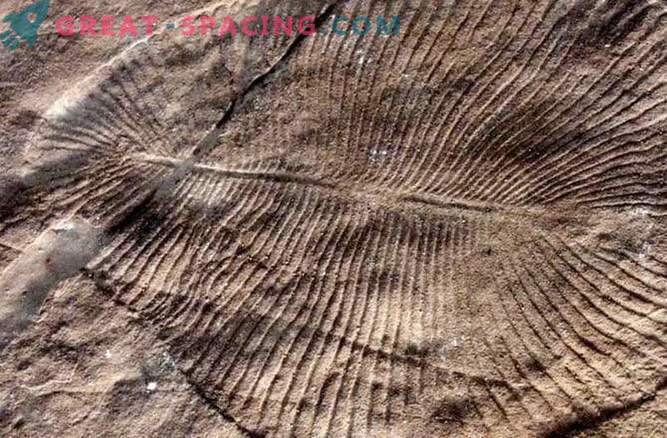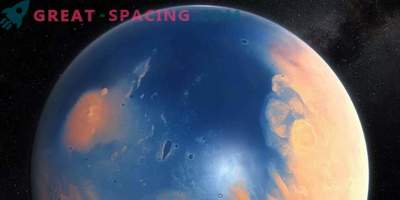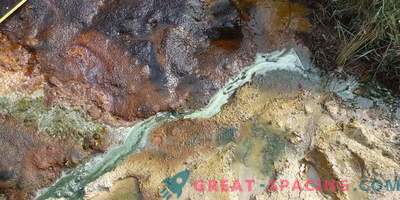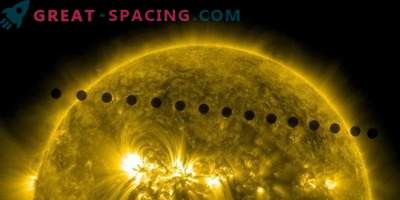
Scientists are trying to establish the date of the earliest forms of life in the animal kingdom.
The available evidence suggests that microbes existed on our planet another 3.7 billion years ago (a billion years after the formation of the Earth). However, animal remains in the fossil record appear only 600 million years ago in the Ediacaran period. Although there are indirect signs that animal life began much earlier.
Scientists are trying to establish the date for the appearance of the earliest form of life in the animal kingdom, but without the actual presence of a body, they can only rely on the authority of the “imprint” of fossils to prove the presence of an animal as a trace, scratch, some kind of sign or even a hole. Some claim to have found traces of ancient fossil animals left over a billion years ago. Because of this, disputes arise over whether these animals could have existed so early. There are also fossil footprints and soft animals from the Ediacaran period. Therefore, the understanding of these prints is very important for the study of early animals.
Giulio Mariotti, an oceanographer at Louisiana State University, and his colleagues examined the animal (the alleged ichnofossils are petrified traces) from the Ediacaran period, and found that some of them may be of microbial origin. These results were published in the article “Microbial origin of early ichnofossils” in the journal Sedimentary Research, which raises the question of whether their ichnofossils are reliable as evidence of the early life of animals.
Many of the traces of Ediacarian fossil animals are found within the “wrinkles” of structures ”- small ridges and pits, taken as evidence of ancient microbial mats. Microbial mats are made up of layers of microorganisms. Also, fossilized mats are one of the earliest clear signs of microbial life. They were widely distributed in the Precambrian. This is the period before animal life became extremely widespread and diverse. But the mats were no longer able to flourish in some marine areas, when the number of grazing animals became more abundant and they destroyed these structures. Mariotti and his colleagues developed an experiment, trying to recreate traces of grooves and holes, like fossil tracks. They did this by moving the microbial aggregates (small clusters of microbes that are more sand, but less dense) through the sand at the bottom of the water tank with the help of waves. Due to their low density, they moved across the sand at the bottom of the tank with very low energy consumption from the waves.
The use of low energy waves is important, as higher energy would erase the footprint left on the sand. A lot of tracks were created, differing depending on the conditions of the waves and the size of the unit. Some of them were remarkably similar to those now considered ediacaran traces. And this means that some of them are not fossils, but simply the movement of microbial aggregates.
But besides the tracks, the experiment also repeated the structure of wrinkles in the sand. Aggregates create a wrinkled structure when they are smaller than the wave amplitude, while traces form when aggregates are larger than the amplitude of the wave.
This study does not necessarily indicate that all early fossils were traces of microbial aggregates. However, the scientist put forward a plausible alternative explanation for those that occur along with wrinkled structures. Thus, traces of vital activity from the Ediacaran period or early time can be viewed with skepticism, while it is not possible to exclude microbial aggregates as the cause of their occurrence.
Traces created by aggregates and animals can in some cases be distinguished if certain distinctive features are present. Unfortunately, most of the most distinctive features in this period are very rare. It is much easier to distinguish young fossil traces from aggregate ones. “There is much more evidence that the last tracks were formed by animals,” says Mariotti. Traces created in the Ediacaran period are more complex because of their three-dimensionality. That is, they are in sedimentary deposits, like tunnels, and cannot be reproduced by moving aggregates. “It's easier to challenge the old tracks, because they have less supporting information,” he said.
The formation and evolution of early life on Earth is an important question that will help to understand whether life can exist on other planets. To do this, we need to prove that the earliest animals on Earth were similar. Miriotti plans to explore the geometry of the cumulative traces and see how well animal traces are preserved in sediments that have an abundance of microbes, and compared with those in which there are no microbes at all. He hopes that this will help distinguish real fossils from cumulative traces.











































